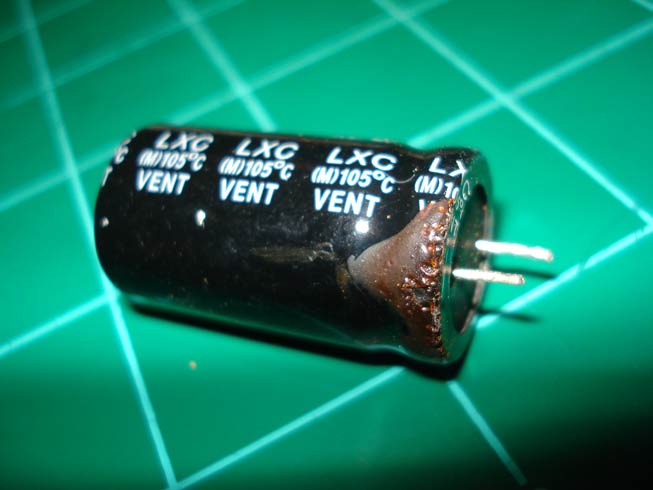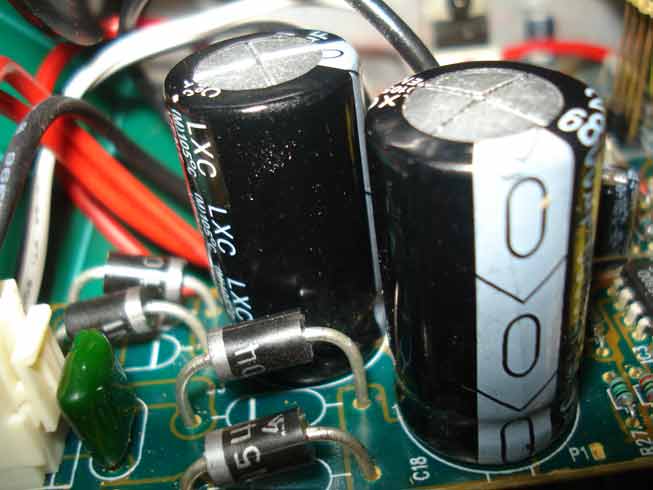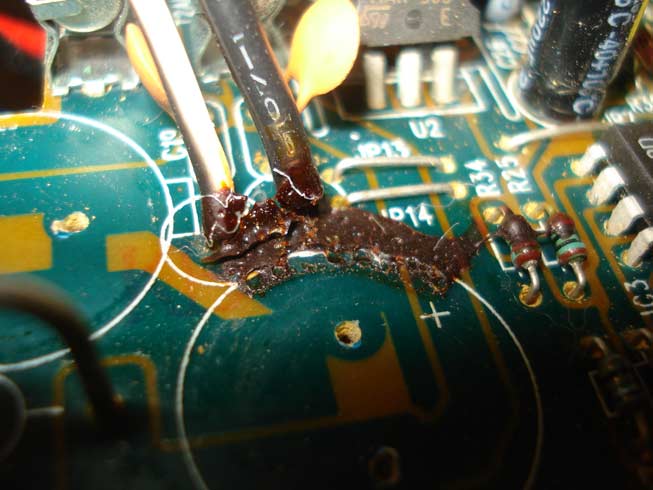M-Audio BX5-a Studio Powered Monitors Bad Capacitors.

Looks like M-Audio is another victim on this issue. If you check the official forum the only response is from the consumers, but there is no word from M-Audio.
http://forums.m-audio.com/showthread...a-died-on-me-(
I've fixed my pair and replaced the faulty capacitors. (Unknown brand), 25v 6800μF (105°C).



Replaced with Cornell-Dubilier Capacitors, and now both monitors are working like new.





Looks like M-Audio is another victim on this issue. If you check the official forum the only response is from the consumers, but there is no word from M-Audio.
http://forums.m-audio.com/showthread...a-died-on-me-(
I've fixed my pair and replaced the faulty capacitors. (Unknown brand), 25v 6800μF (105°C).
Replaced with Cornell-Dubilier Capacitors, and now both monitors are working like new.








Comment